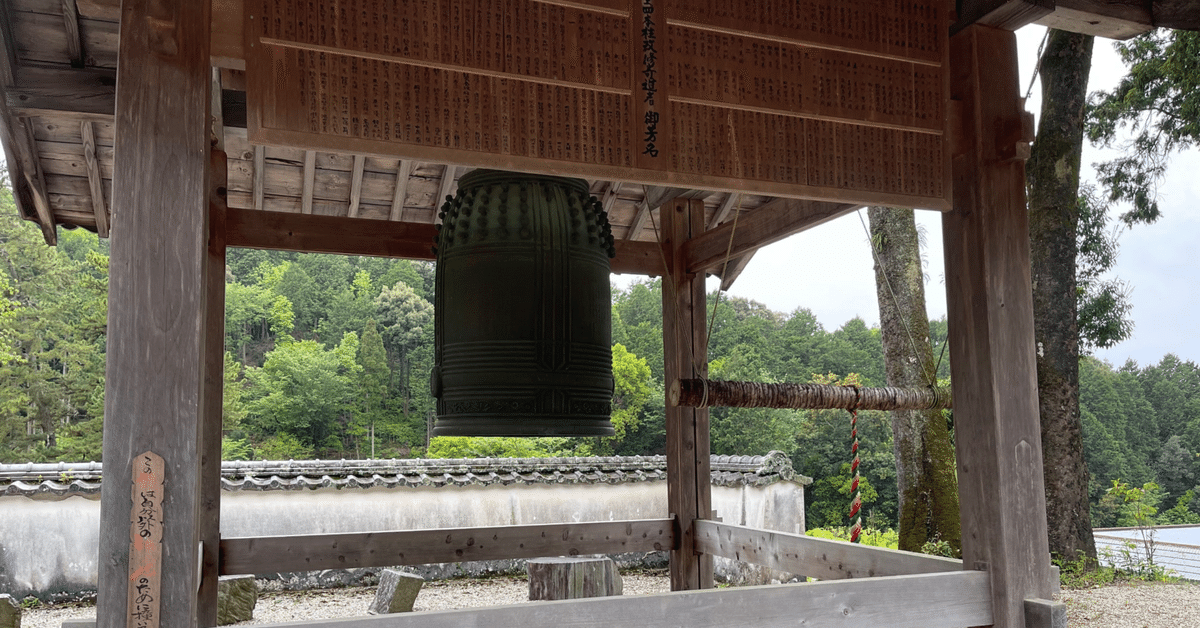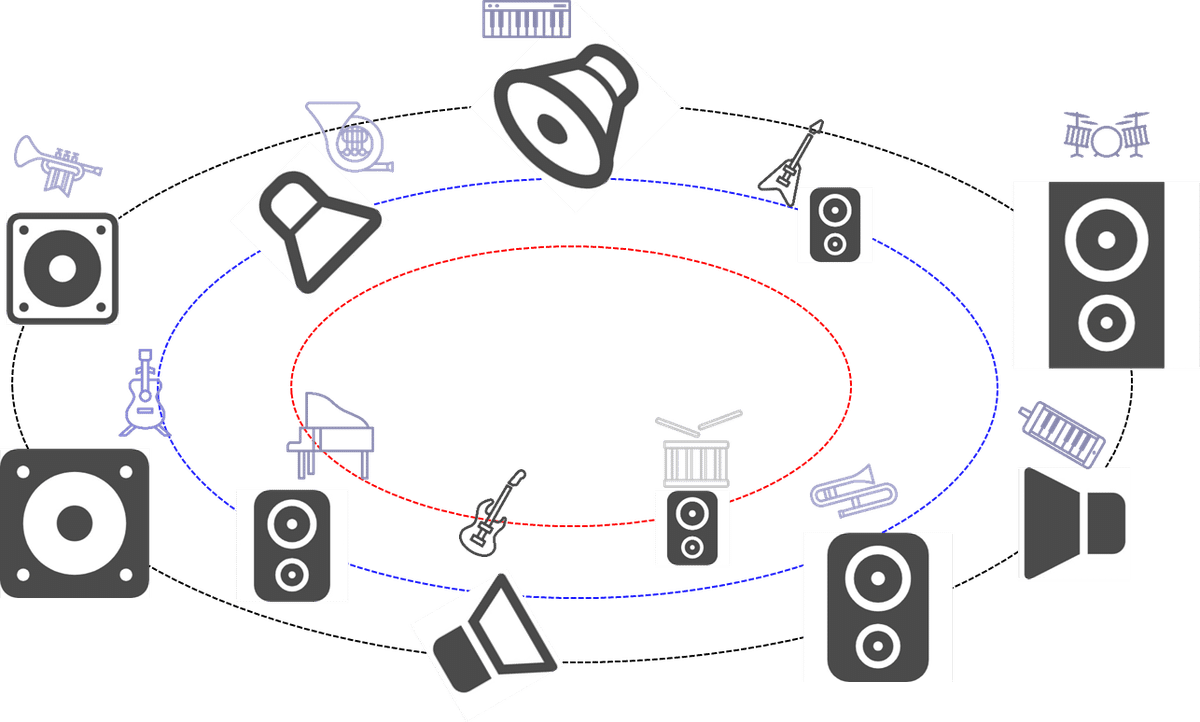
Spatial Audio based on 108 Desires
It's New Year's Eve, today. I've already cleaned my house and eaten the year-crossing noodles. I'm now in my room and writing this article. It's about 23:00 pm. It will hear the New Year's Eve Bells soon. The New Year's Eve Bells ring 108 times. In the Buddism temples, Buddhist priests ring the bell 108 times. Why do they ring the bell 108 times? In Buddhism, human natural desires are 108. In detail, the human natural desires are 36, but there are three worlds in human beings, past, current, and future. In each world, the human natural desires are 36. So the total of desires in three worlds are 108.
By the way, we usually hear the New Year's Eve bells from far away except the case when we go to Buddhist temples. We hear all the bells from the same direction. I hit upon an interesting thing about the hearing of the New Year's Eve Bells. Why don't you think that it's so interesting if we hear all the bells from different directions?
Namely, 360 angles divided by 36 is 10 degrees. In other words, we put 36 audio speakers in a circle. In detail, we put one audio speaker to each 10-degrees. Then, we change the height and put 36 audio speakers in a circle. We repeat it three times for three worlds. Moreover, we add various tones to the sound of the bells. For example, one sound of the bell is piano, the other sound of the bell is guitar, and so on. Then, we also add the sound scale to each world. For example, the past world is low sound, the future world is high sound, and the current world is middle sound. The following is the image.

I can easily realize this kind of spatial audio based on 108 desires. I'm now working on a unique spatial audio using many audio speakers. Next year, I want to do a live concert based on such spatial audio.
